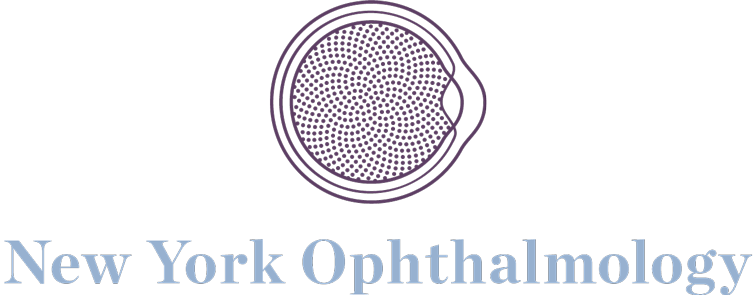Access to healthcare has developed with time, with the digital age ushering in many platforms whereby patients can interact with their primary care providers. Other than traditional means like telephones and in-person communication, patients can also engage with them via emails, social media, and chats. The growing adoption of multichannel touchpoints by both patients and in healthcare is a testament to its need. Let’s explore some reasons why they may be important to them.
Convenience
Most of the time, patients like to use one or more of these to book appointments, give feedback, gain access to reports, or research the kind of healthcare they require. Their entry barrier is minimized, and they get fast and accurate services, especially if they’re ill. It leads to a better experience and results in customer satisfaction and loyalty.
Communication
Having multichannel touchpoints allow for easier access to patient information regarding their medical history, insurance information, and past treatments. This enables physicians to better understand a patient’s needs, how vital their ailment is, how it is changing, and how to develop a suitable treatment plan. For the patient, it leads to effective communication that helps them avoid retests and unnecessary expenses.
Compliance
Patients who understand their health problems and treatment are more likely to comply with their medications, especially patients with chronic ailments. It means patient retention for the healthcare providers, which drives up finances for them and gives them a reputation and credibility.
With an increase in multichannel touchpoints, effective doctor-patient communication has become central to building a therapeutic doctor-patient relationship. Medical students and postgraduates are given training on listening, explaining, questioning, counseling, and motivating patients.
Doctor-Patient Relationship
How a doctor relays information to there is as important as the information being given by them. If a patient cannot understand their doctor’s advice, they are prone to dissatisfaction and complaints. A breakdown in the doctor-patient relationship may result in a patient neglecting their healthcare needs or make them look for less than satisfactory alternatives.
Many doctors tend to overestimate their ability to communicate. Still, they cannot be prepared for all the situations in which a patient may not express their medical conditions. These can include language barriers, emotional distress, racial or cultural differences, and time constraints. The doctor may need to realize the patient’s needs and incorporate a different approach to them.
A patient-doctor relationship should be a collaborative process in which a physician’s decisions reflect their knowledge and the patient’s values. It enables transparency and trust between the two parties and allows them to work as partners to achieve a common health goal. As healthcare transforms into a more patient-centric model with added multichannel touchpoints, it becomes imperative that the doctor-patient relationship evolves with it to shape health outcomes significantly.
If you’re looking for an eye doctor in NYC, please contact us using the online form or call 866-599-8774 to schedule an appointment at one of our ophthalmology offices in the Bronx, Manhattan, Queens, or Brooklyn.
Leave a Reply
